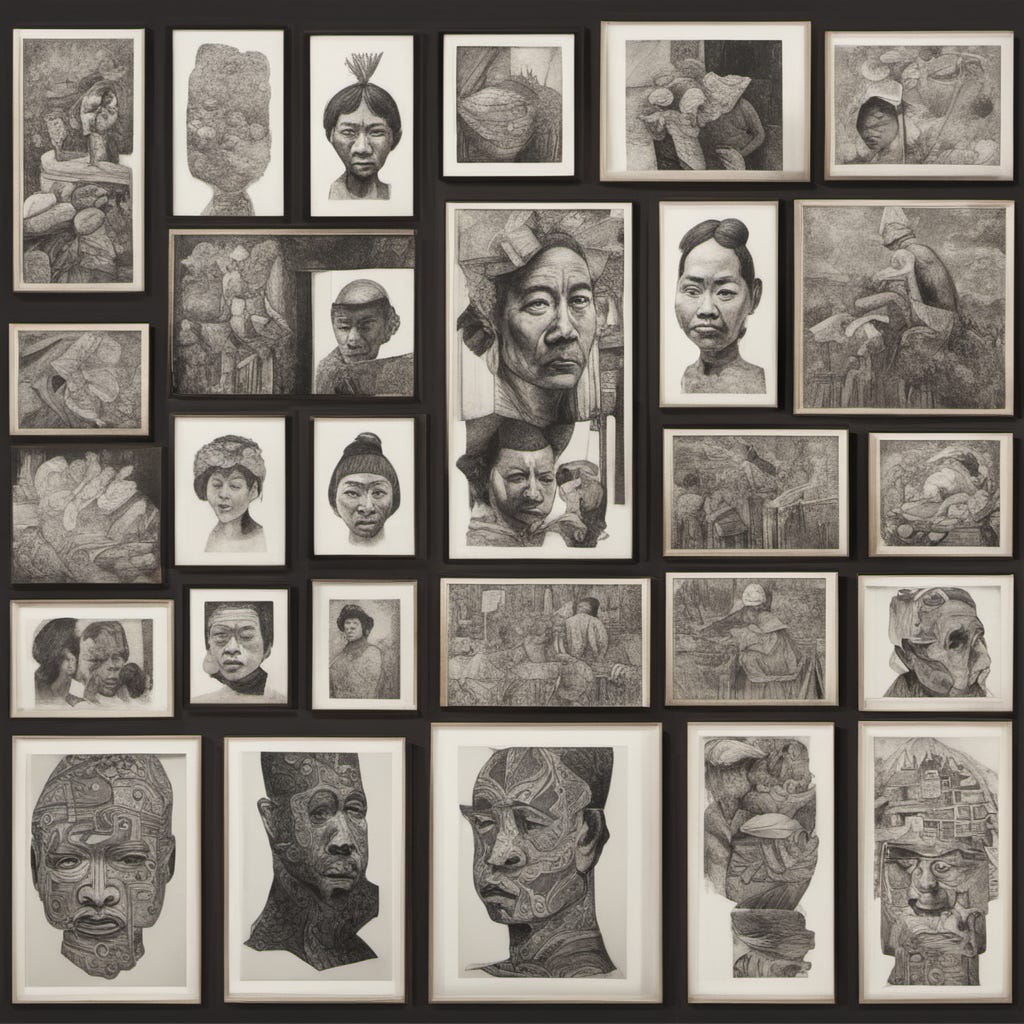The Philippines: Harnessing English Proficiency to Pave its Way in AI, Behind India's Leadership
Artificial Intelligence (AI) is steadily redefining the contours of various industries worldwide. India, holding a significant position globally behind the US, China, Israel, and the UK in AI investments, emerges as a frontrunner in Asia. However, another nation shows unique potential—the Philippines, with its substantial English-speaking population, is poised to make significant strides in AI.
India's Global Dominance, Philippines' Regional Promise
India, recognized for its technological prowess and substantial investments in AI, has a firm grip on AI leadership in Asia, next only to global leaders like the US, China, Israel, and the UK. Yet, the Philippines, endowed with the highest English-speaking population in Asia, holds its unique proposition. The role of English proficiency in AI development is critical, as the most prevalent coding languages and AI-related documentation are English-based.
The Edge of English Proficiency
The Philippines, a former American colony, enjoys a 63.72% English-speaking population. This proficiency not only paves the way for efficient coding but also ensures comprehension of the technical documents crucial in AI development. Furthermore, the proficiency enables Filipino AI professionals to collaborate seamlessly with international counterparts, accelerating the innovation process.
Government Intervention and Private Sector Synergy
Unlike in other shifts, the AI revolution demands proactive government intervention, not passive observance. Recognizing the promise, the Philippine government has to fortify AI training and infrastructure, not merely matching the private sector's pace but at times leading the charge. While there is a long way to catch up to India's widespread tech infrastructure and AI investments, these initiatives underscore the Philippines' need for the government to help cultivate an AI-ready environment.
The Road Ahead: Challenges, Potential, and Strategies
Like any evolving sector, the journey to AI prominence isn't devoid of challenges for the Philippines. Bridging the digital divide and ensuring comprehensive digital literacy are primary hurdles. However, steps are being taken to overcome these obstacles. An independent association called AAP - Analytics and AI Association of the Philippines - is currently brainstorming strategies to realize this potential.
The urgency of the situation cannot be ignored. AI innovation follows scaling laws, and speed is of the essence. A swift and effective scaling strategy can put the Philippines on a fast track to AI development, while a delay could potentially mean missing out on the benefits of the AI revolution.
Conclusion
In the AI revolution, every nation has a role. While India leads, the Philippines, with its distinct advantage, has the potential to rise as a meaningful contributor. The formation of associations like AAP and the recognition of the urgency to scale AI innovation showcase the Philippines' commitment to harnessing its AI potential. As we delve deeper into the AI-driven era, the country's journey will undoubtedly be a fascinating watch.
I will write more about the transformative world we are entering as AI continues to evolve. See you in the next blog post!


